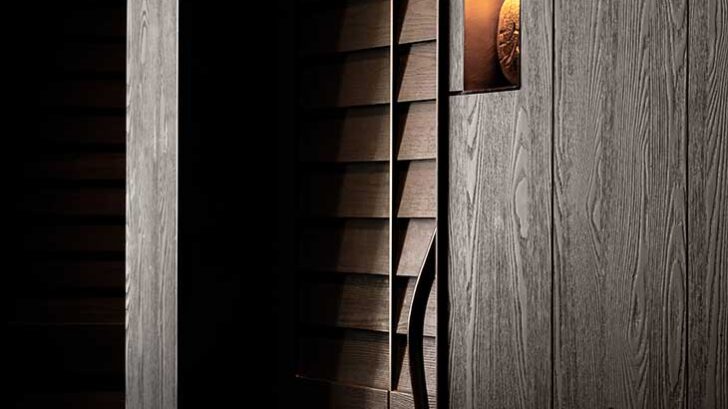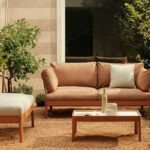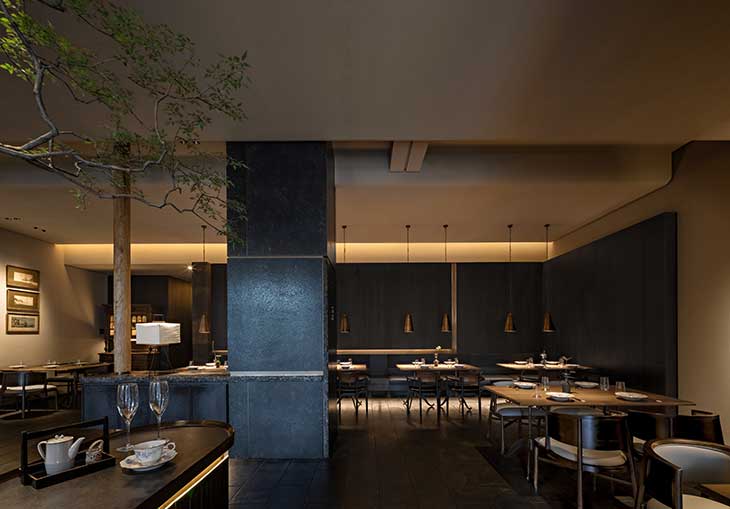
INTERVIEWS
The concept thrives on contrasts—urban and rural, ancient and modern—reflecting the fast pace of Shenzhen alongside Yunnan’s natural rhythm. Wu Wei integrates elements like rammed earth walls, rain-washed stone paths, and subtle hints of ancient architecture, creating a setting that bridges tradition with contemporary life. Guests explore spaces inspired by both past and present, offering a dining experience enriched by cultural depth and comfort.
With features like rough stone bars, bamboo-shadowed tea tables, and tranquil garden courtyards, the design cultivates a harmony between food, nature, and culture. Private dining rooms framed by brass accents and city views provide a serene retreat, blending indoor spaces with the outdoors. In this exclusive interview with editor-in-chief Zarko Davinic, Wu Wei discusses the inspiration behind Wuli Menwai, exploring how the design celebrates contrasts while crafting a unified, vibrant experience.
Can you describe the initial concept or inspiration behind the design of Hong 0871 in Shenzhen and how it relates to the unique culinary approach of the restaurant?
Shenzhen is a rapidly developing coastal city in China, and Hong 0871 represents a Yunnan cuisine brand known for its expertise in handling fresh, wild ingredients with natural flavors. Our aim was to blend these two sensations in the design: the natural and the urban; the powerful and the rustic. The collision of these elements showcases the restaurant’s charm.

How did you manage to visually and spatially narrate the connection between ancient and modern elements within the urban and rural contexts of Shenzhen?
We utilized a variety of natural materials for the ceilings and facades, such as textured coatings that mimic gravel, as well as rough stone and bluestone. These materials are common in Yunnan’s traditional architecture, aligning perfectly with the cuisine. However, we approached these materials with a modern sensibility, minimizing excessive detail to enhance their modernity, allowing urban diners to experience a sense of rustic comfort upon entering the restaurant.
What were the most significant challenges you faced while integrating the contrasting elements of Yunnan’s wilderness and Shenzhen’s urbanity into the restaurant’s design?
The contrasting feelings of wilderness and urbanity can easily become disjointed. If not unified effectively, it may lead to an uncomfortable dining experience.
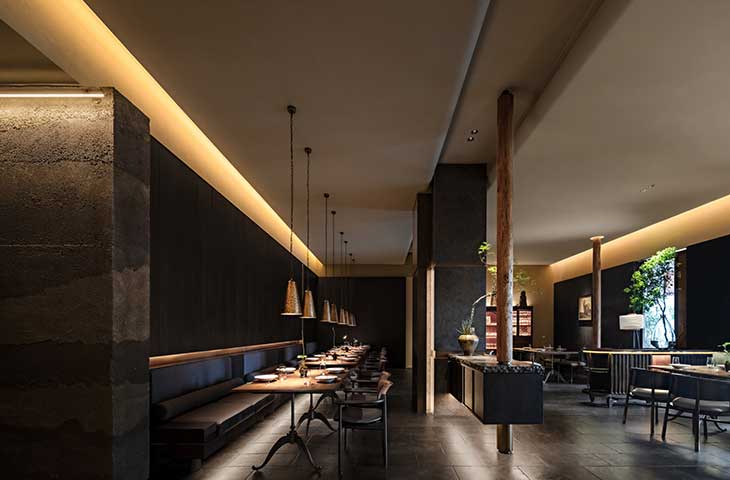
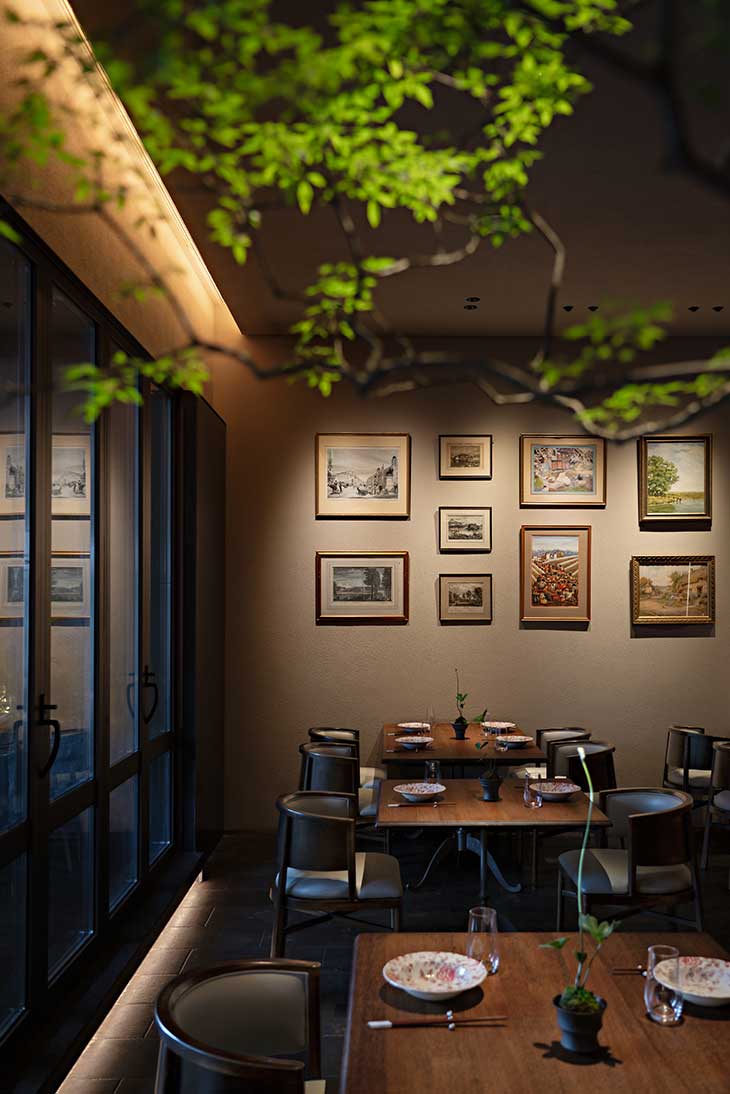
Can you discuss the choice of materials, particularly the use of rammed earth and rough stone, and how these contribute to the overall dining experience?
These materials are typical in Chinese residences, especially in Yunnan, evoking memories of local streets and villages. On the other hand, these primitive materials resonate with the restaurant’s natural ingredients, presenting a flavor of “mountain and wilderness.”
How does the design of the space influence the diner’s experience from the moment they enter to their seating and dining?
In this fast-paced city, we aim for diners to feel relaxed during their brief meal, catching a whiff of the natural forest. This experience stands in stark contrast to Shenzhen’s urban environment, making it feel fresh and vibrant.
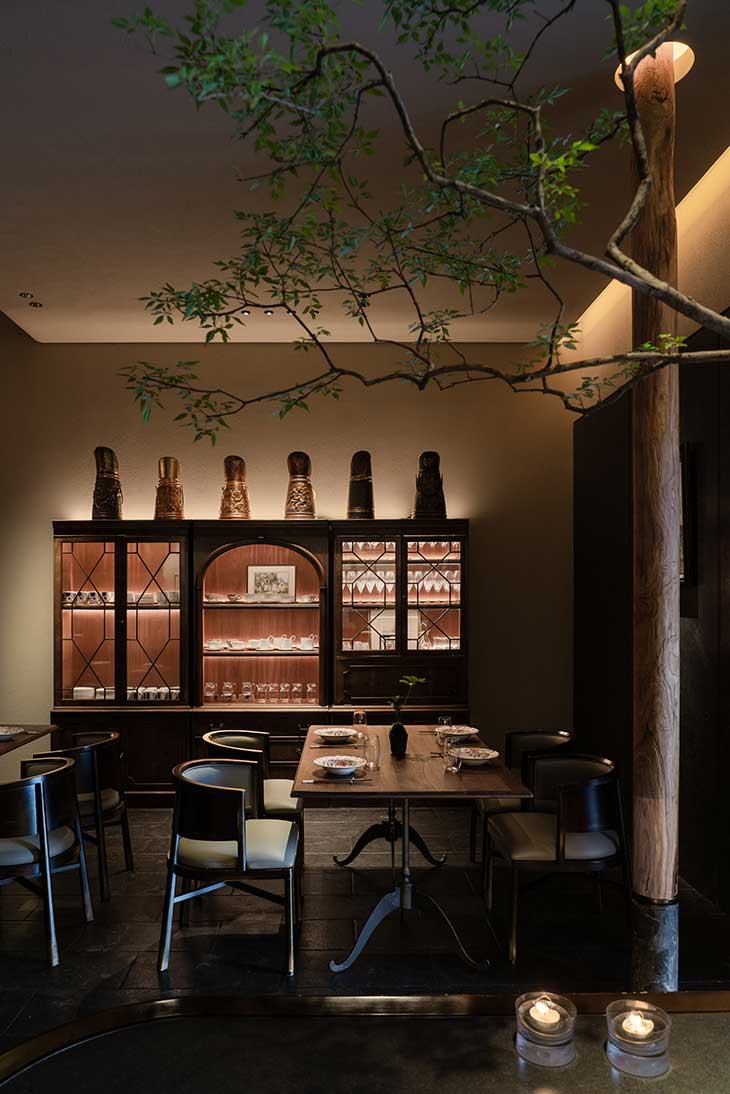
Could you elaborate on the role of lighting in enhancing the “wild yet exquisite” theme of the restaurant?
The lighting design, developed in collaboration with our team, Guangshi, excels in creating an atmospheric environment and highlighting details. The light sources are concealed, yet the brightness within the dining area is just right, evoking warmth and ensuring privacy.
How did you differentiate between the casual and private dining areas in terms of design and functionality?
The restaurant comprises both outdoor and indoor dining areas, connected by folding doors. The private rooms, indoor seating, and outdoor seating progress from intimacy to openness, facilitating communication.
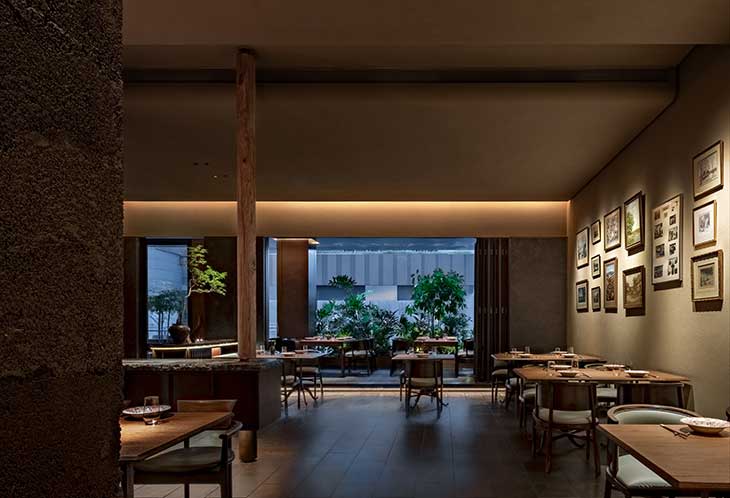
What was the concept behind creating the inner courtyard, and how does it enhance the overall atmosphere of the restaurant?
The inner courtyard serves as a transition, linking the outdoor and indoor spaces. It increases the options for dining areas, as the outdoor space is more conducive to socializing while attracting additional foot traffic to the restaurant.
Which unique design features in Hong 0871 do you think set it apart from other dining spaces?

Reflecting on the completed project, how has your experience with Hong 0871 influenced or reshaped your approach to restaurant interior design?
From the outset, we delved deeply into Hong 0871’s development history and their meticulous selection of ingredients. We sought design inspiration that connects the restaurant with Shenzhen. The high foot traffic after the design’s completion further reinforced our belief in the importance of design strategy. Both the restaurant brand’s essence and the city’s character are equally vital and should be considered dimensions in the design process.
